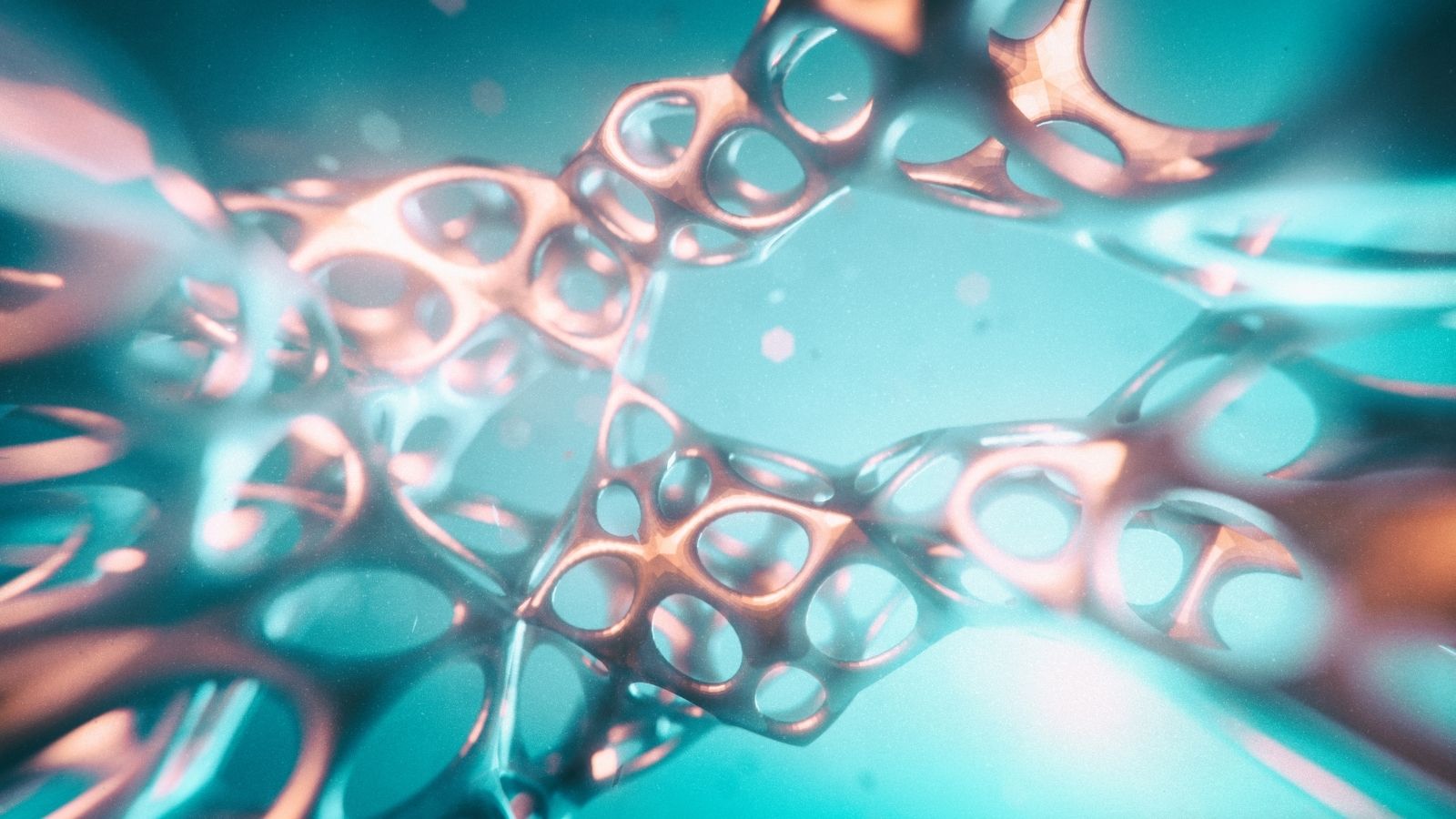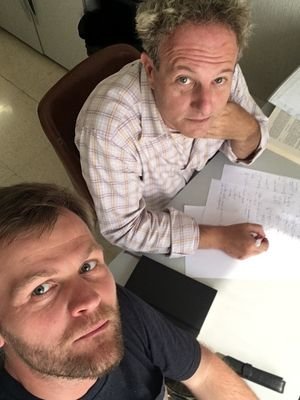Imagine a bendable robot that responds to light and moves autonomously like a dancer on a stage. This research explored the feasibility of such or similar machineries by examining how tiny particles, dispersed in a simple liquid like water, respond to light, heat up and exhibit unpredictable patterns of movement. The findings reveal a realm in which these particles not only move mechanically, but can also perform a dynamic dance, altering their movements from leisurely and gentle to lively and unpredictable.
The study presents first of all a novel theoretical model that explains how these nanoparticles undergo self-oscillation under illumination, which affects their surface temperature and their tendency to cluster in a liquid. These self- or auto-oscillations occur over a broad spectrum of frequencies, ranging from gradual undulations to faster oscillations, from inaudible to audible waves. It's a bit like discovering that music can be soothing and calm or lively and spirited, and that these particles have their own rhythm and sound.
To confirm their hypothesis, the researchers developed a number of new laser experiments using gold nanorods that periodically change their clustering/aggregation degree when exposed to light. This demonstrated the ability of the photothermal (‘thermoplasmonic’) effect to trigger dynamic and complex interactions at the macroscopic level.
Marek Grzelczak and Stefano A. Mezzasalma
Essentially, this research offers a tantalising glimpse into the future of soft robotics, autonomous and self-propelled machineries down to the scale of nanoparticles, where complicated systems can be engineered to oscillate themselves and perform a range of movements, ranging from methodical and predictable to more dynamic and whimsical. Applications are also conceivable in a variety of fields where light-driven machines are used.
Stefano A. Mezzasalma, a research associate in the RBI Laboratory for optics and optical thin films, and one of the corresponding authors of the study, noted, "These findings expand our fundamental understanding of how colloidal metal nanoparticles can respond to light. Simply put, we have discovered that tiny particles in a liquid can dance ‘to their own rhythm’ when exposed to continuous illumination. This could lead to exciting new possibilities in the development of small-scale machines and sensors that go beyond soft robots."
In addition to Stefano A. Mezzasalma, Marek Grzelczak, and Roberto Morandotti, the team behind these findings included Joscha Kruse from the Centro de Física de Materiales (CSIC-UPV/EHU) and the Donostia International Physics Centre (DIPC) in Spain, as well as Eneko Lopez, Stefan Merkens and Andreas Seifert from the CIC nanoGUNE BRTA in Spain, IKERBASQUE, the Basque Foundation for Science.



